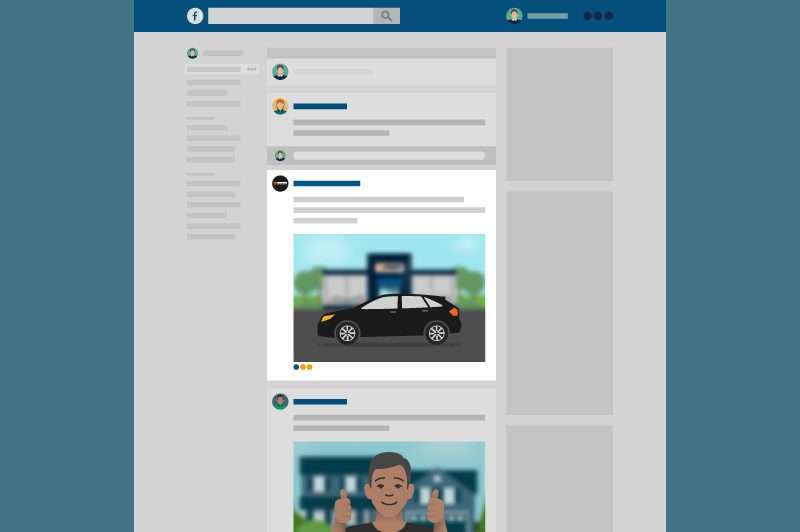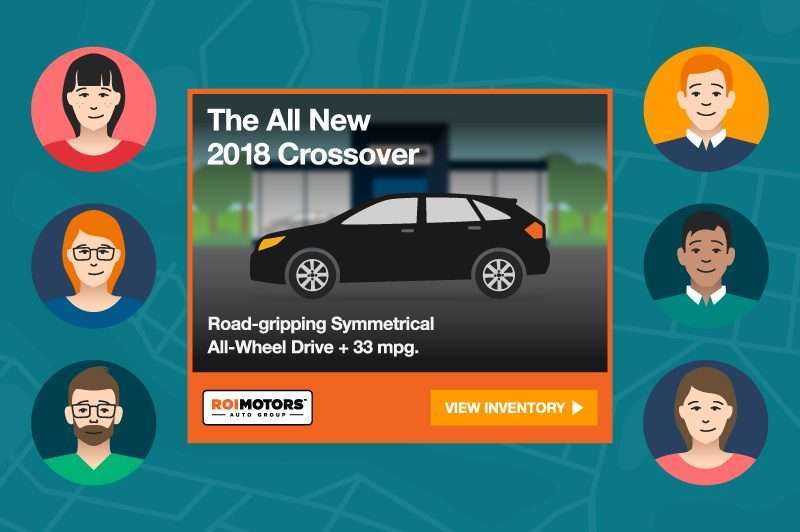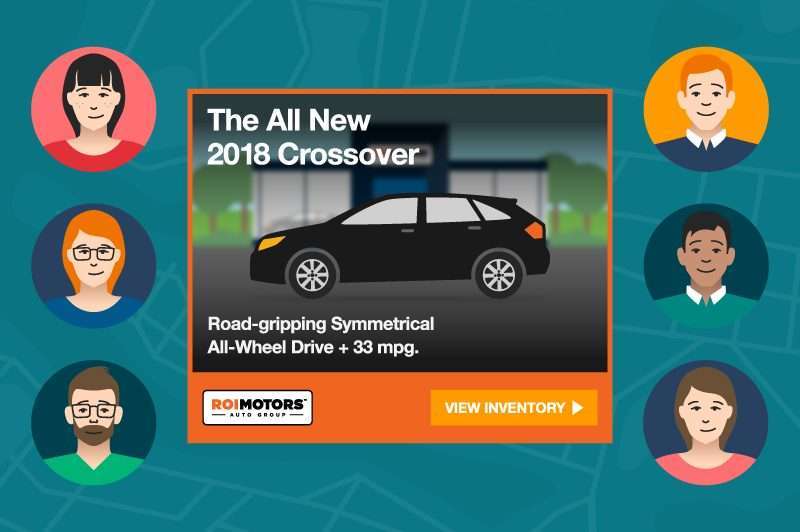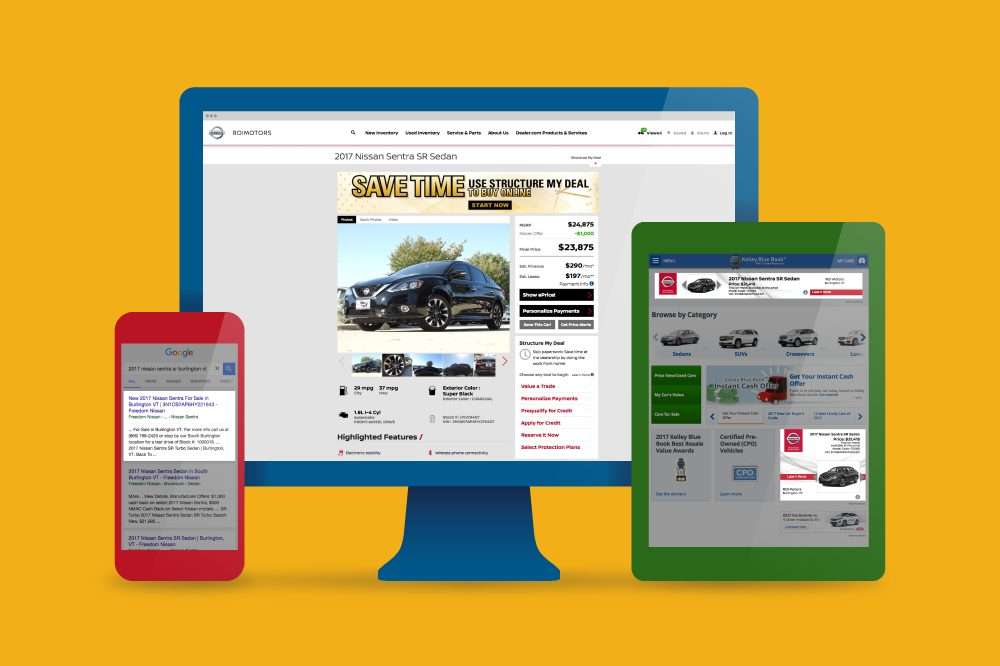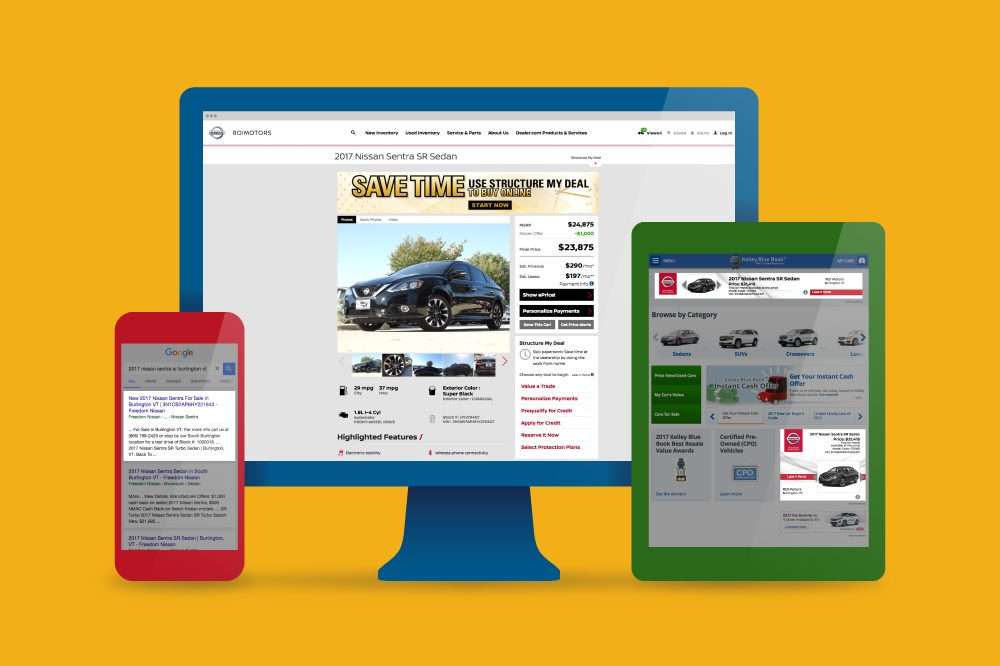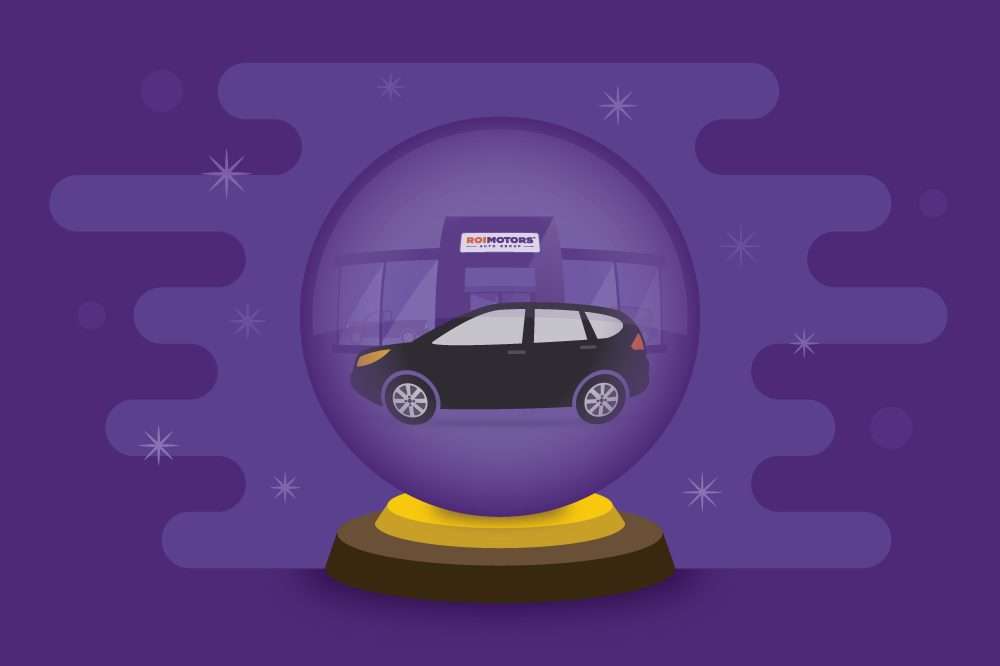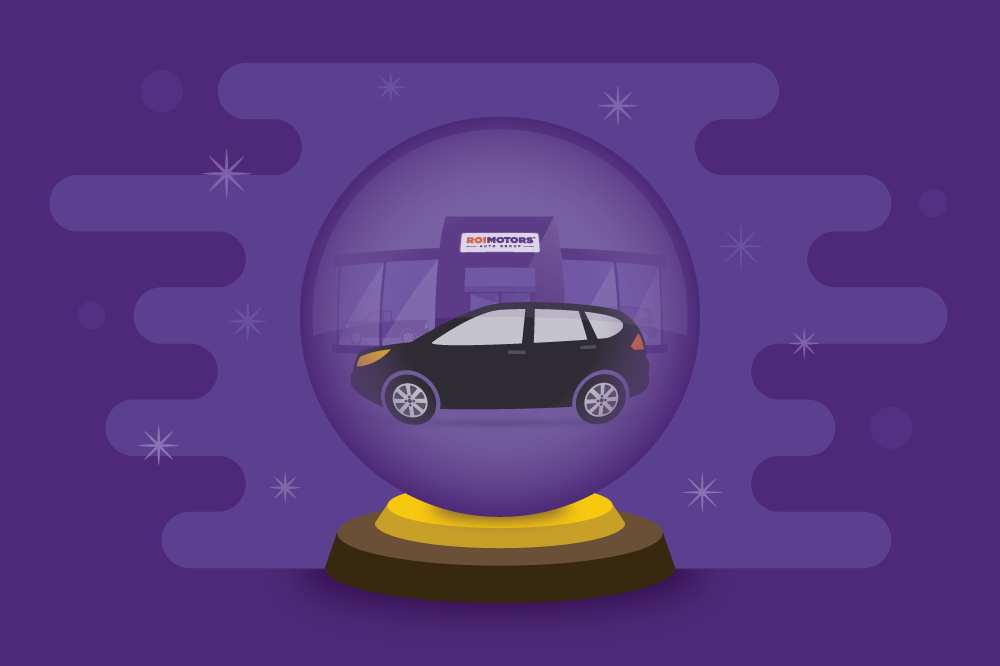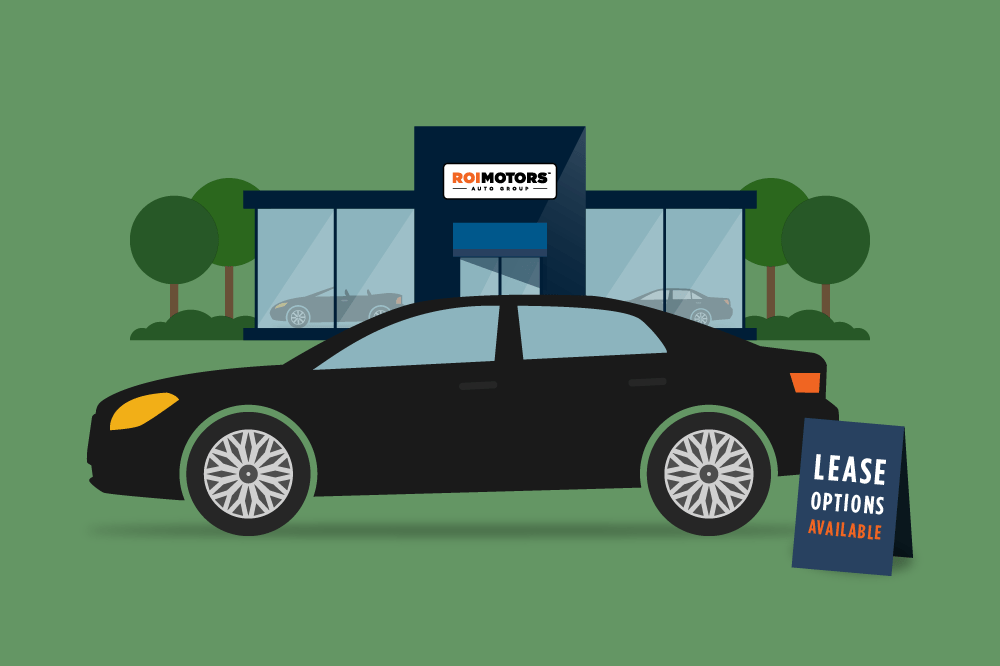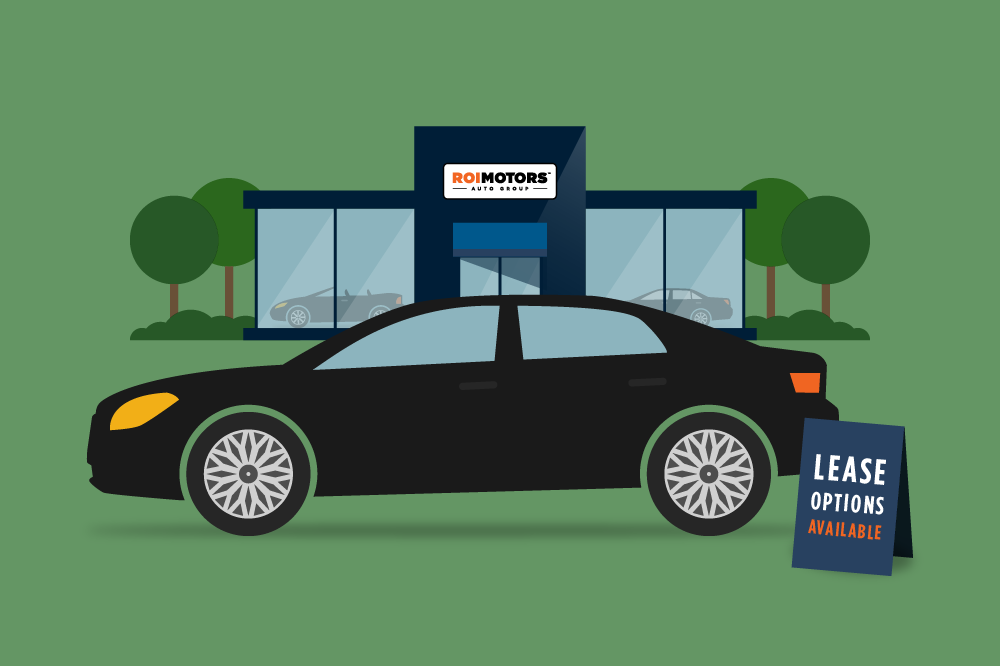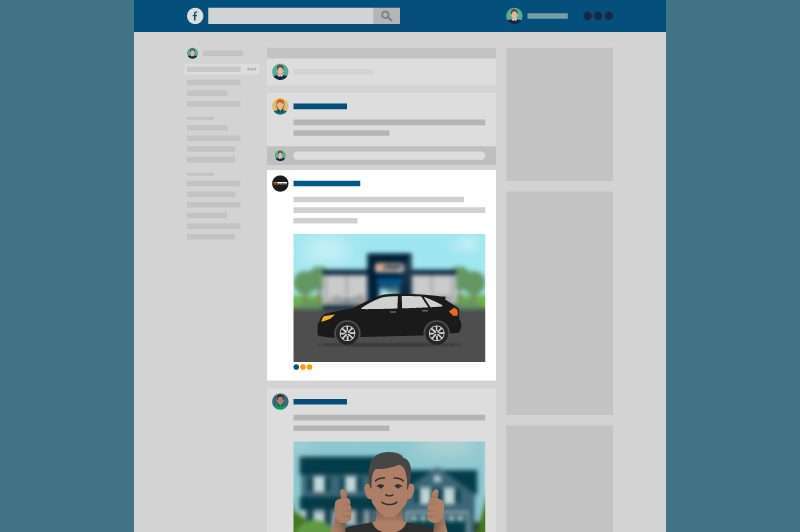
Over a decade ago, Facebook launched the News Feed with the purpose of connecting people with friends and family. Since then, business pages and advertising efforts have exploded into the Facebook arena, resulting in frequent and drastic changes in the way content is delivered to users. Consequently, users have reported that their News Feeds are consumed with more public content than updates from friends and family.
Facebook’s Algorithm Update
User feedback prompted Facebook’s latest algorithm update, announced in January 2018, titled “Bringing People Closer Together.” This algorithm update will prioritize posts from friends and family and/or content that will promote meaningful conversations and engagement. At the heart of it, these Facebook algorithm updates are deployed to ensure content in the News Feed resonates with their original value proposition; your Facebook News Feed should inform and entertain.
What does this mean for businesses?
Family and friend interactions will rank higher in News Feed, leaving less space for public posts. As a result, business pages may see a decline in their organic reach, video watch time, and referral traffic. That said, business pages will be affected in various degrees. Pages with quality content that generate authentic interest and spark engagement will be less impacted, whereas pages that post generic or passive content will disappear into the ether. Businesses will need to become more strategic to maximize their reach potential, deploying quality posts and funding boosted posts to drive up engagement. It does not appear that Facebook is not making any changes to Facebook Ad rankings at this time.
Best Practices for Facebook Business Pages
DO strive to create a conversation that resonates with your audience by:
Building your brand presence within your community.
Establish personality, push local content and community involvement. Connect and engage with local businesses.
Engaging with your audience.
Encourage interaction with open-ended, relevant questions.
Informing with product and business updates.
Keep these updates exciting, concise, and true to your brand. Ensure the updates are useful to your audience.
Exciting your audience with a variety of media formats.
Invite fans to attend events, ask questions during videos (live and pre-recorded), quality imagery, and website links to learn more
Continuing to utilize strategic social posting to create SEO value.
Organic posts still offer SEO value. Ensure that the destination links exactly to what’s expected to improve user experience.
Boosting quality posts to increase reach and engagement potential.
Be strategic with targeting. Establish primary and secondary geo targets, keeping your boosted posts focused on relevant interests and behaviors related to your campaign goals.
Keeping it current.
Leverage trending topics and be sure to utilize appropriate hashtags at all times.
DO NOT set your business page on auto-pilot. Facebook will demote these types of posts and have a low probability of showing up on people’s News Feeds:
Engagement-bait
Avoid “engagement-bait,” or fishing for reactions or comments that do not provide true meaning or value to the audience. “’LIKE’ if you want this car,” does not encourage valuable dialogue.
Passive Content
Closed-ended questions, sales-heavy copy or visuals, or links unrelated to your brand or community further creates disconnect.
Keyword Heavy Content
Do not over-post or stuff content with too many keywords.
With all this in mind, thought-provoking and inviting content has a stronger chance of tapping into the heart of the Facebook user experience: personal connection. To learn how a Dealer.com Social Media Coordinator can help you create the best possible strategic social media strategy for your dealership, schedule a consultation today.
Miranda Jonswold is a Senior Social Media Coordinator at Dealer.com.

